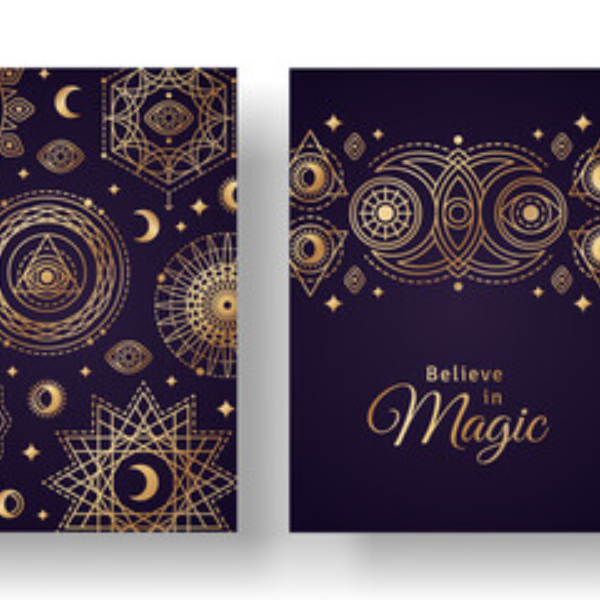
Mandala is a Sanskrit word and means “circle”. It is a symbolic map used to perform sacred rituals and as a tool of meditation. A mandala is a representation of the cosmos, a sacred area that serves as a container for the gods and a gathering point for universal forces. Man (the microcosm) mentally “enters” the realm. This center is an analogy guided by the cosmic processes of disintegration and reintegration.
Mandalas are basically two categories representing different aspects of the universe in China, Japan and Tibet. Garbhadhatu is a Sanskrit word. It means “womb world”. Japanese (taiso kai,) in which movement is many and vajra-datu (Sanskrit) means “world of diamond or thunder”; Japanese (kongo-kai), one of many.Mandalas painted on paper or cloth, white and colored threads or rice powder (as in Buddhist Tantric initiation ceremonies), carved in bronze or built in stone as at Borobudur in Central Java. It is equivalent to circumambulating the stupa (a memorial monument) there. This is the ritualistic approach to the center.
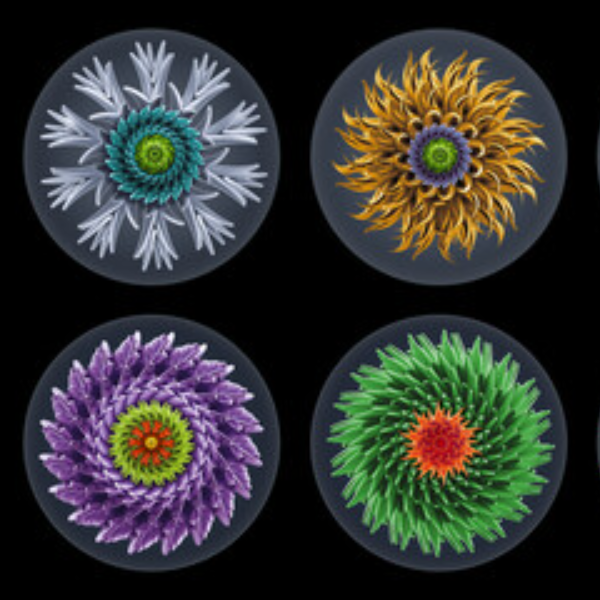
Mandala in Buddhism
There was no division during the time of Siddhartha Gautama Buddha. Every disciple and disciple follows the path shown by Siddhartha Gautama Buddha towards enlightenment. But after the death of Siddhartha Gautama Buddha, slowly the Sangam disintegrated and then there were many forms of Buddhism.Each sect has its own practices towards enlightenment, but the main teachings are those of Siddhartha Gautama Buddha. Therefore, they are united even though they are separated. So the basic sect of Buddhism, to name a few, are Theravada Buddhism, Shingon Buddhism, Tibetan Buddhism, Nichiren Buddhism and Pure Land Buddhism. All these sects of Buddhism focus on one thing.That is wisdom, but the path to enlightenment is different. Therefore, it is evident that the culture they are cultivating is also different and that has influenced the making of the Mandal.
Tibetan Buddhism
Tibetan Buddhism or Vajranaya Buddhism is a branch of Manayana Buddhism. In Tibetan Buddhism, the mandala is created as a sand painting and a gold painting. Mandala is part of Anutharyoga tantra practices.In Tibetan Buddhism, the mandala is considered a safe place, separated and protected from the impure outside world. Hence, it is considered as the Buddha Kalam or Nirvana place.Mandala is also considered as a support for meditation. While meditating, one concentrates on the image of the mandala, which is fully absorbed in the smallest details. Then it can be summoned at will with a clear and vividly visualized image. Therefore, mandalas are used by Tantra Buddhists to aid in meditation.Another practice of Tibetan Buddhism is Mandala Prasad. Mandala Prasad is a symbolic offering of the entire universe. This practice was taught by Siddhartha Gautama Buddha and it is believed that the results of mandala prasadam are ultimate happiness and enlightenment.
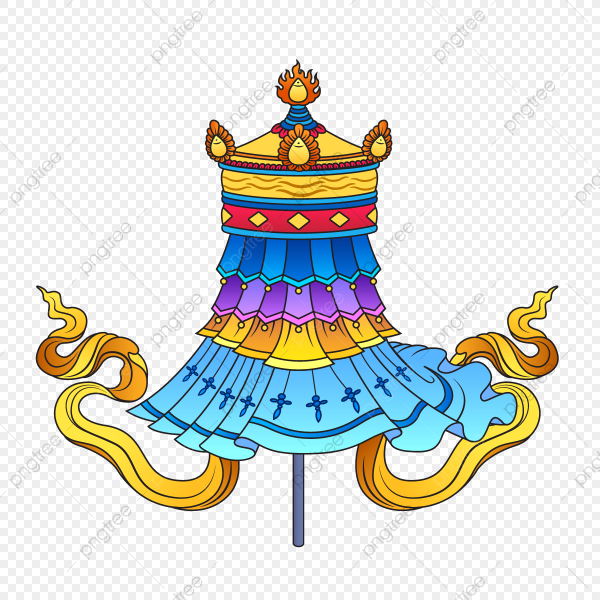

Tibetan tanga’s Mandala
A Tibetan tanga’s mandala (cloth scroll painting) characteristically consists of an outer enclosure around one or more concentric circles, A square intersects with lines from the center of the four corners in turn. If the center and middle of each triangle are five circles containing symbols or images of deities, There are usually five “self-born” Buddhas. Boundaries around the mandala, the first is the ring of fire. The next represents the girdle of diamonds; The circle of eight tombs represents the eight aspects of cognitive individuality; Next is a girdle of lotus leaves, symbolizing spiritual rebirth; And, finally, in the center, the mandala where the images are arranged.
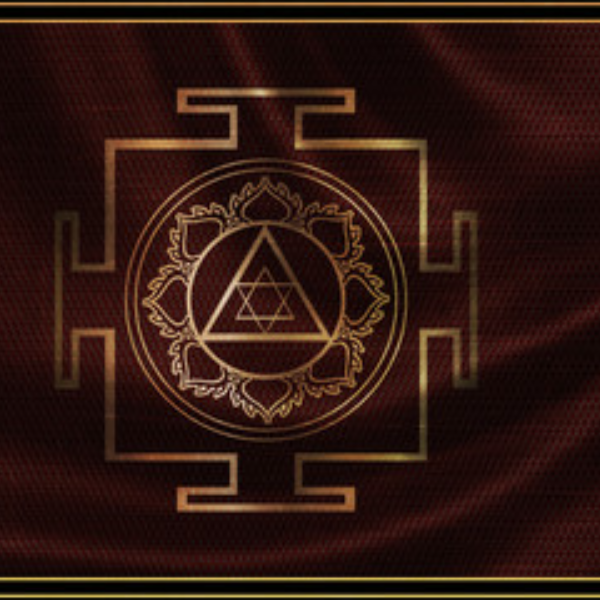
Similar ritual drawings have been found in cultures than Hindu and Buddhist example for the sand paintings of the North American Indians. The Swiss psychologist Carl Jung published studies of mandala-like drawings executed by his patients. In his view, the spontaneous production of a mandala is a step in the individuation process a central concept in Jung’s psychological theory and represents an attempt by the conscious self to integrate hitherto unconscious material.
Shingon Buddhism
Shingon Buddhism is a branch of Mahayana Buddhism practiced in Japan. In Shingon Buddhism, the mandala is often used in its rituals, although it differs from the mandala in other forms of Buddhism. When Kukai, the founder of Shingon Buddhism, returned to Japan after training in China, he is said to have brought two mandalas with him.The zone of uterus and the zone of diamond zone. Now, these two mandalas have become the center of ritual in Shingon Buddhism. Mainly these two mandals are used in anointing initiation ceremony. During the initiation ceremony, a new student is blindfolded and asked to throw a flower. Now, the flower will decide which section to follow.
Religion
Yantra
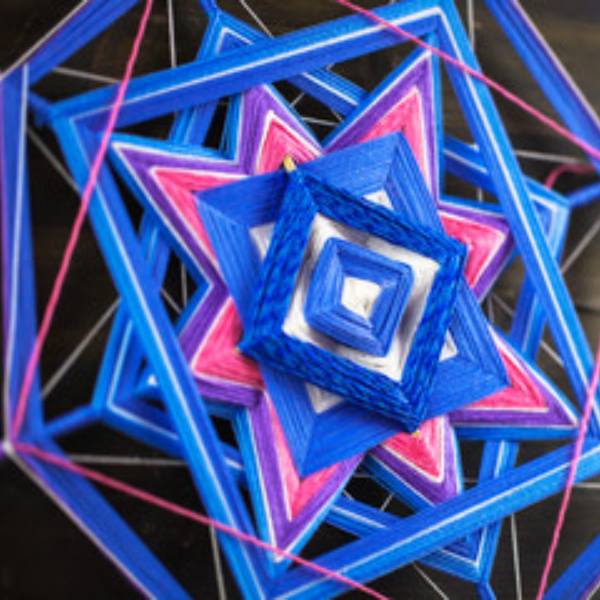
Yantra is a Sanskrit word. It means “instrument”. In Tantric Hinduism and Vajrayana or Tantric Buddhism, a linear diagram engraved in stone and metal in temples and disposed of after rituals, a yantra is used for the ritual worship of a deity. Shakti is Sriyantra. It is also known as Sikaram or “Sri Chakra”.It is made up of nine triangles: five pointing downwards, representing the yoni or vulva, and four pointing upwards, representing the lingam or phallus. Dynamic interplay is understood as the unfolding of cosmic manifestations, beginning and ending at the center, visualized as a point (pindu).
ART
Halo
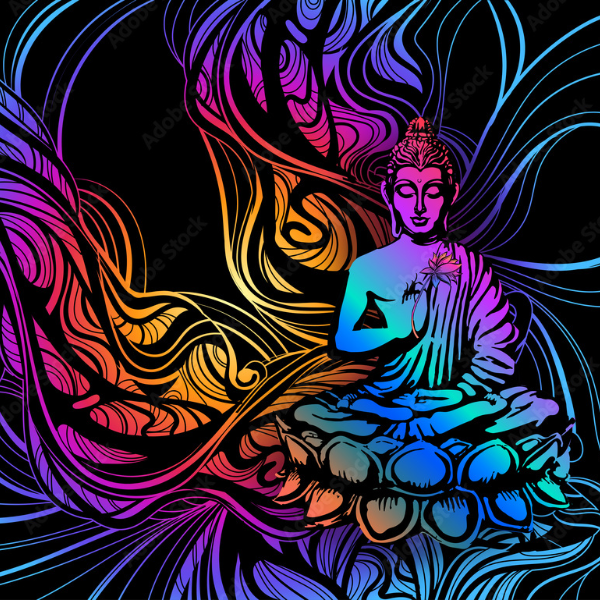
A halo is called a nimbus, a disk around the head of a holy person who has a spiritual character by art, a radiant circle or symbol of light.Hellenistic and Roman art and the sun god Helios and Roman emperors appear with crowns of rays. Pagan motifs were avoided in early Christian art, but a simple circular nimbus was adopted by Christian emperors for their official portraits. By the middle of the 4th century, Christ was shown with this imperial attribute, and from the end of the 4th century with his symbol, the Lamb of God. In the 5th century it was sometimes given to angels, and until the 6th century halos were customary for the Virgin Mary and other saints. During the 5th century period, famous people were depicted with square nimbus.
Halos were used throughout the Middle Ages as typical representations of Christ, angels, and saints. Often Christ’s halo is lined with the lines of a cross or inscribed with three bands, signifying his position. The development of nature in Renaissance art from the 15th century and the nimbus created problems in representation. At first it was thought by some Florentine artists to be a solid object seen in the vision of a disk mounted on the back of a monk’s head. The settlement led to the crisis and its decline in Italian art in the 16th century .Abandoned by Michelangelo and Titian. In a 15th-century Flemish painting, represented as rays of light; Under the influence of the Counter-Reformation, it sought to restore a glorified concept to religious art. This form was adopted by Italian artists in the late 16th century, notably Tintoretto, as a realistic light emanating from the head of the saint. This new interpretation was the standard of the Baroque period.

The halo is seen in Indian Buddhist art. It dates back to the late 3rd century AD. The material is believed to have been brought to the East by Greek invaders. (See also Mandorla.)